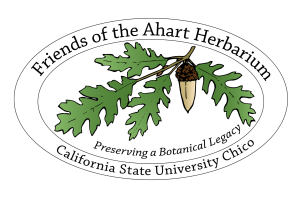Introduction to the Willows of California (Salicaceae)
by John Bair
Save the Date!
Saturday, June 24, 2023
Workshop Details and Registration
California is home to over one quarter of the estimated 120 willow species growing in North America. Cottonwoods and willows are the most common riparian hardwood species in California and yet many of us have little idea of how to tell them apart. Species identification is often neglected because willows are thought to frequently hybridize, which is further compounded by only having vegetative material during field visits when we think we need flowers to make a positive identification. The workshop will focus on the leaf, stem, and other vegetative growth characteristics that are useful in making identification while also emphasizing the regional distributions of the different species. The goal of the workshop is to provide a broad overview of willows, highlight vegetative characteristics used in the identification keys in The Jepson Manual (second edition) and familiarize participants with the six most common willows in California.
The workshop will begin with a brief presentation focusing on the overall willow family taxonomy, recent taxonomic changes in the second edition of The Jepson Manual, geographic distribution, and key identification characteristics. Fresh material of cottonwoods and willows will be available to illustrate the variety of vegetative and flowering characteristics used in The Jepson Manual 2 keys. Bring in your problem willows and we will apply our new willow skills to identifying them together. Additionally, the instructor will provide an overview of willow family ecology and briefly cover use of willows and cotton-woods in restoration projects. Participants should bring a hand lens, dissection equipment including extra-fine forceps, and a copy of The Jepson Manual. All experience levels are encouraged to participate.
The workshop will be led by John Bair, recognized expert in willow and cottonwood taxonomy and physiology. John has investigated the interrelationship between riparian plant establishment, geomorphology, and hydrology to recommend flow management and channel restoration approaches. He earned his Master’s degree working with Dr. John Sawyer at Humboldt State University, analyzing riparian initiation and establishment processes on the Trinity River. His special interests include the effect of streamflow regulation on Salicaceae.


